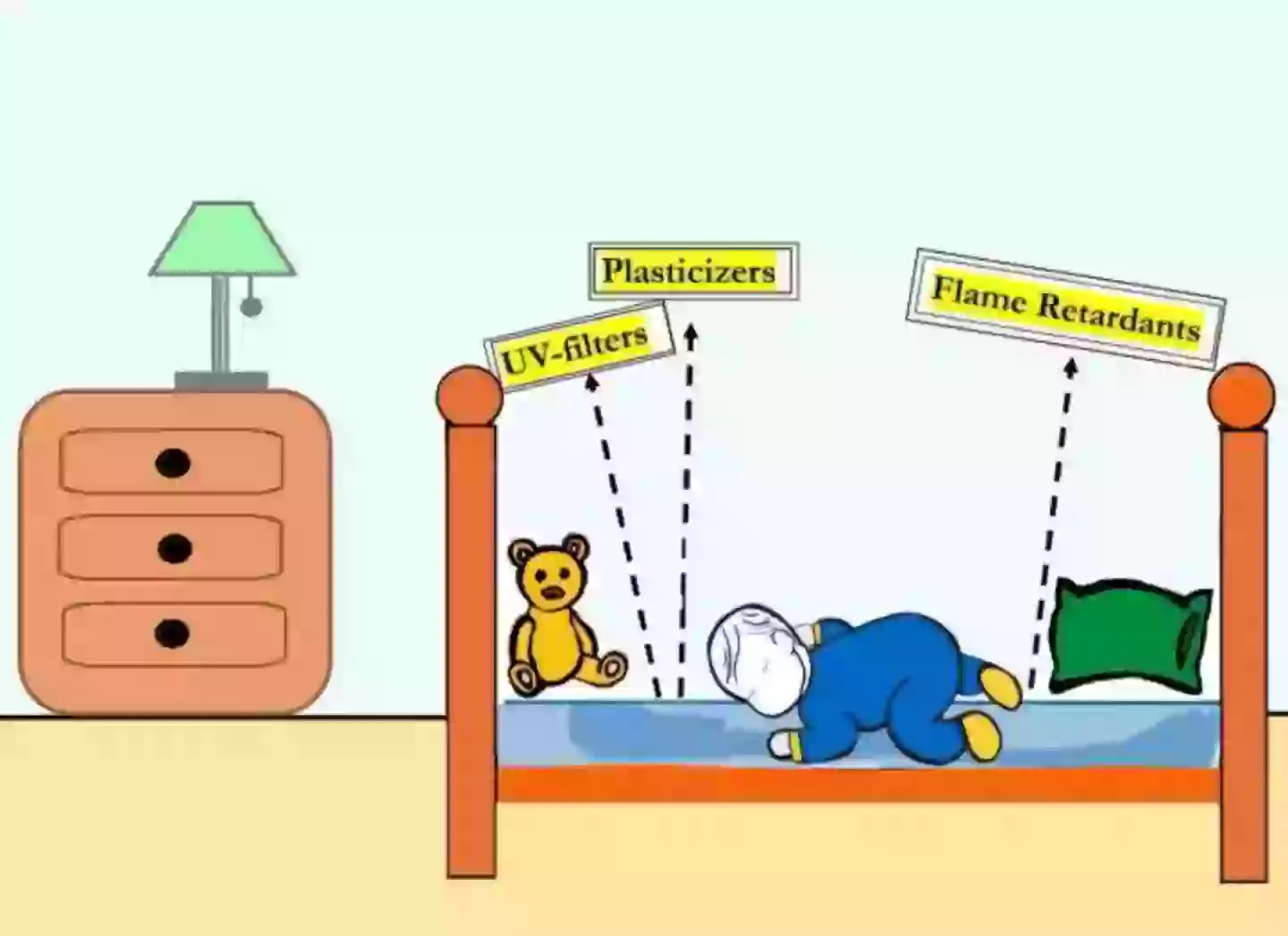A recent study is urging major changes in an industry crucial to the well-being of babies and young children due to significant health risks.
Research published by the University of Toronto in two scientific journals, Environmental Science & Technology and Environmental Science & Technology Letters, has revealed an alarming finding.
Infants and children may be exposed to harmful chemicals that threaten their mental and physical development.
The study aims to highlight the necessity for children to have safe environments, particularly in their bedrooms, to mitigate these risks.
Findings from the research indicate that children may regularly inhale plasticizers known as phthalates, flame retardants, and other hazardous substances while sleeping.
These chemicals are associated with numerous health issues, including neurological and reproductive disorders, asthma, hormone disruption, and even cancer.

The study identifies the mattresses on which children sleep as a primary source of these chemicals.
Miriam Diamond, a professor at the University of Toronto and a senior author of the study, stated: “Sleep is vital for brain development, particularly for infants and toddlers. However, our research suggests that many mattresses contain chemicals that can harm kids’ brains.
“This is a wake-up call for manufacturers and policymakers to ensure our children’s beds are safe and support healthy brain development.”
In their research, scientists measured chemical concentrations in the bedrooms of 25 children between 6 months and 4 years old.
They found worrisome levels of over two dozen phthalates, flame retardants, and UV-filters in the air, with the highest concentrations near the beds.
Additionally, when researchers simulated a child’s body temperature and weight on the mattresses, the release of these chemicals increased significantly.
The mattresses studied were purchased in Canada, but many contained materials sourced from the U.S. and Mexico. Due to interconnected mattress markets and supply chains, similar results are likely applicable to mattresses sold across North America.

Arlene Blum, Executive Director of the Green Science Policy Institute and co-author of the study, hopes these findings will push manufacturers to eliminate unnecessary and potentially harmful chemicals from mattresses.
He commented: “Parents should be able to lay their children down for sleep knowing they are safe and snug.
“Flame retardants have a long history of harming our children’s cognitive function and ability to learn. It’s concerning that these chemicals are still being found in children’s mattresses even though we know they have no proven fire-safety benefit, and aren’t needed to comply with flammability standards.”

